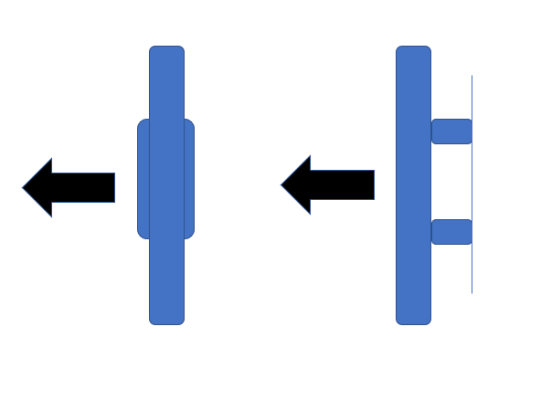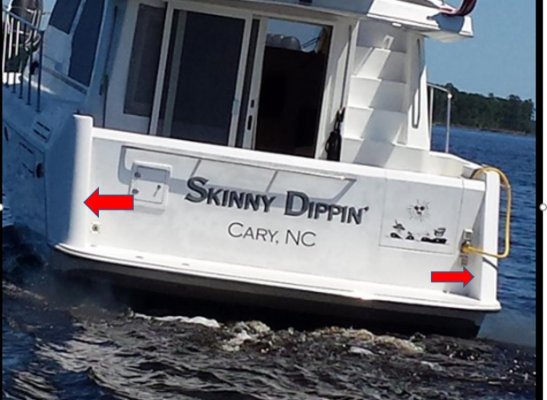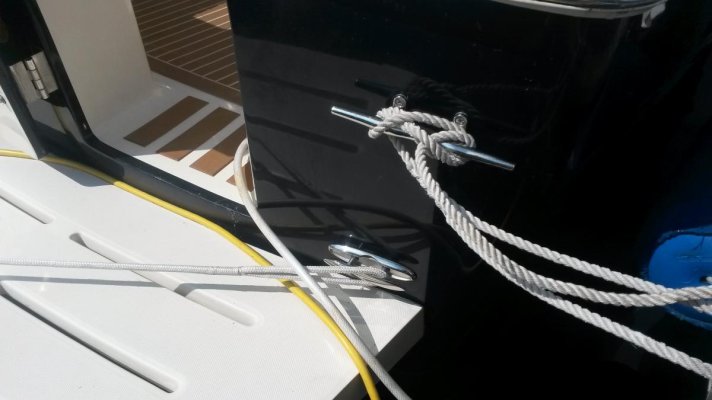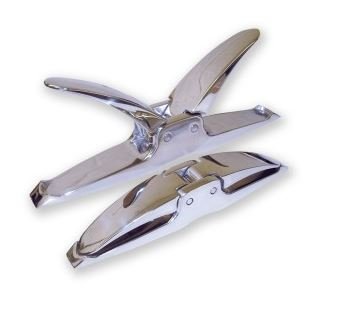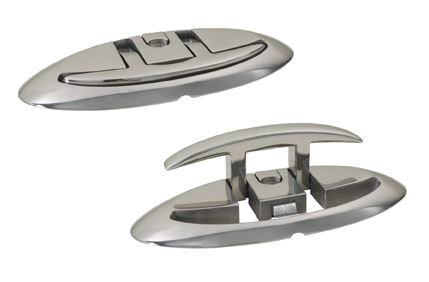Tom.B
Moderator Emeritus
- Joined
- Jul 30, 2009
- Messages
- 5,839
- Location
- USA
- Vessel Name
- Skinny Dippin'
- Vessel Make
- Navigator 4200 Classic
We want to add additional cleats to our swim platform so our crossed stern lines are not such a pain to step over to get onboard when we are at floating docks. I have a couple of options where I can mount them. When we were down at the boat last weekend, I saw a boat just like ours that had extra cleats mounted, however, they were mounted on a vertical surface that meant the pull direction was effectively "up" and not laterally. Is there any reason a cleat would be less strong when the load is vertical to the mounting point versus perpendicular?

Attachments
Last edited:

